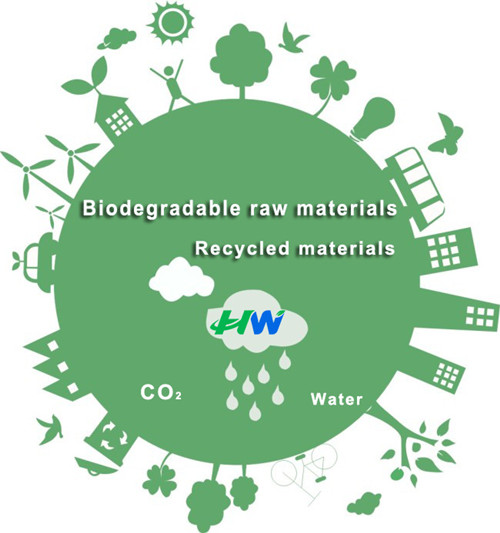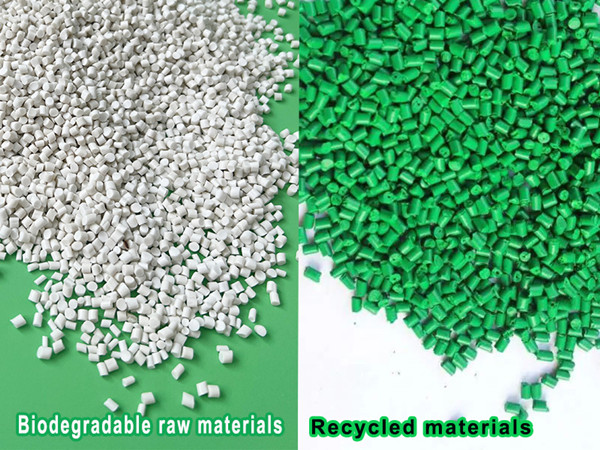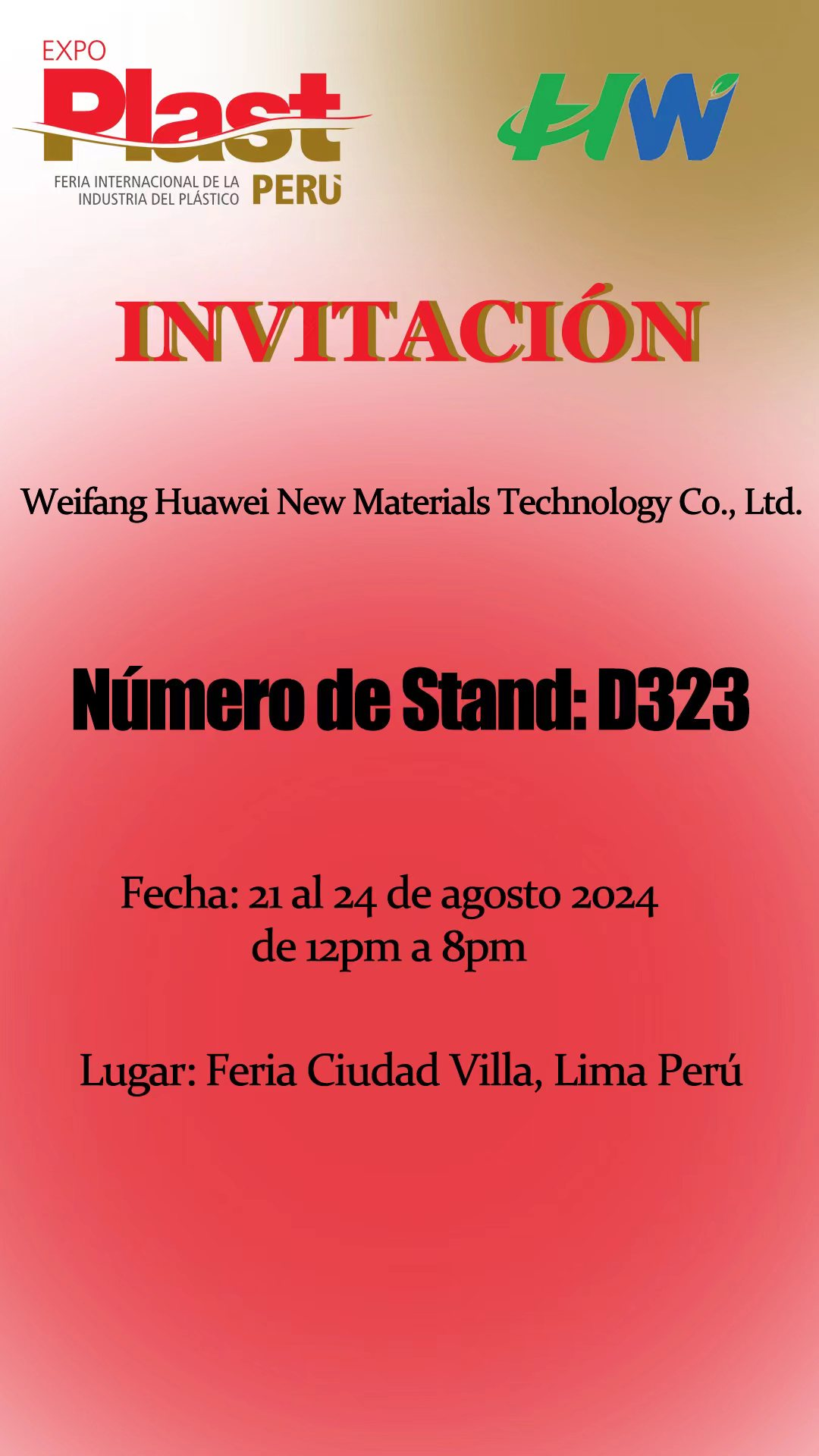Recycled Material: All industrially recyclable raw materials that can be used again through some kind of processing are called recycled materials. Generally refers exclusively to recycled plastics.
Refers to the recycling of raw materials, in some attributes but stronger than the new material, some attributes and the new material or the same, other attributes are still worse than the new material.

Recycled material through some kind of processing means, to create a variety of corresponding products, product demand is different, and the properties of recycled material are also different, so you can use recycled material to create different products, because the world resource problem, the use of recycled material is increasing.
Advantages: cheap, although the overall performance and properties are not as strong as the new material, in many product productions, there is no need to use that kind of properties and performance of all aspects of the material to make a lot of waste of unnecessary properties, and recycled materials are different, according to different needs, only need to process a certain aspect of the properties of the corresponding products can be made, so as not to let the loss of resources.
The main differences between recycled materials and biodegradable raw materials lie in the source, processing, resource utilization, technical requirements, uses, and physical and chemical properties. Specific reference can be made to the following:

ㆍSources are different.
ㆍRecycled materials come from used materials that have been recycled and reprocessed; virgin materials come directly from nature, such as fresh wood, ores, and chemical raw materials.
ㆍProcessing is different.
ㆍRecycled materials need to go through a process of cleaning, separation, and reprocessing; virgin materials are usually just used directly after collection.
ㆍResource utilization differs.
ㆍEffective utilization of recycled materials helps to reduce environmental pollution and save resources; the mining of virgin materials may have an impact on the environment.
ㆍTechnical requirements are different.
ㆍThe processing of recycled materials requires specific technology and equipment; the processing of virgin materials varies according to different materials.
ㆍDifferent uses.
ㆍRecycled materials can be made into a variety of products, such as recycled plastic bags, tires, plastic bottles, etc.; virgin materials are used directly as raw materials for production.
ㆍPhysical and chemical properties are different.
ㆍPrimary materials usually have higher physical and chemical properties; recycled materials may be slightly lower performance, and quality varies.
ㆍDifferences in color and surface texture.
ㆍPrimary materials usually retain their natural color and texture; recycled materials have a more mixed color and texture and may have a smoother surface, but may have air bubbles or small imperfections.
ㆍDensity and weight are different.
ㆍPrimary materials are usually denser and heavier; recycled materials are lighter.
Overall, virgin and recycled materials have their advantages and disadvantages, and the choice of which material to use depends on the specific application and needs.
